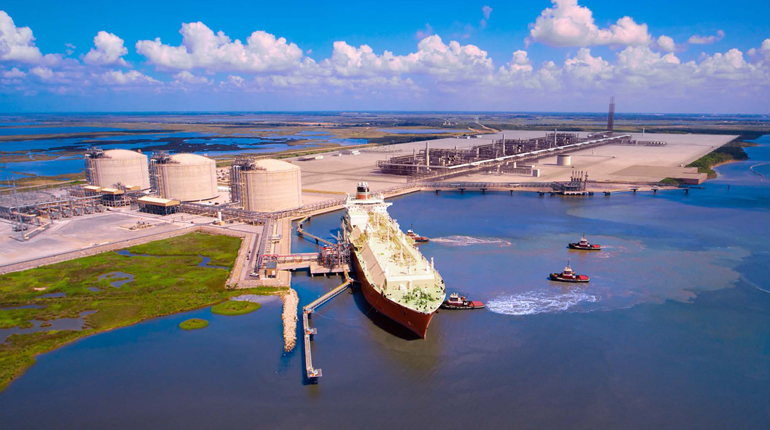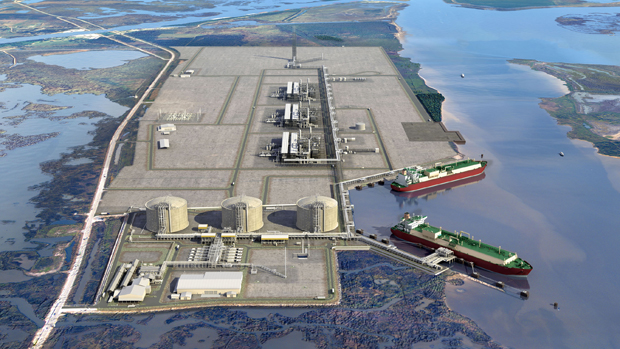Highlights
- Rising gas-for-power demand in Kuwait will increase its reliance on imported LNG
- Shell's withdrawal from the UAE's Bab gas project will not cause a near-term shortfall in gas supply
- Frequent sabotage on the Arab Gas Pipeline is a concern for gas exports to Egypt from Jordan
- India and Pakistan are becoming attractive destinations for Qatari LNG
Economic overview
Oil and gas exporters in the Middle East and North Africa (MENA) are struggling to cope with low oil prices, and the financial strain is expected to worsen in the coming months.
In January, the International Monetary Fund (IMF) downgraded its GDP growth outlook for the MENA region. The agency expects the region’s GDP to grow by 3.6% in both 2016 and 2017 – downward revisions of 0.3 and 0.6 percentage points respectively from its previous forecast.
The weakening macroeconomic situation of countries in the Middle East & Africa (MEA) is weighing on their sovereign ratings, which is already affecting investment in the region. Fitch Ratings expects the sovereign ratings of countries in the region to come under further pressure in 2016 because of low commodity prices and a strong United States dollar.
Quarterly and annual year-on-year GDP growth rates
| Q1 2015 | Q2 2015 | Q3 2015 | 2016 | 2017 | 2018 | |
| Qatar | 4.1% | 4.8% | 3.8% | *4.9% | *4.2% | *3.6% |
| Egypt | 3.0% | 4.5% | *4.0% | *4.3% | *4.5% | *4.7% |
| Saudi Arabia | 2.3% | 3.8% | 3.6% | *2.2% | *2.9% | *3.0% |
| Nigeria | 4.0% | 2.4% | 2.8% | *4.3% | *4.5% | *4.7% |
| South Africa | 2.2% | 1.3% | 1.0% | *1.3% | *2.1% | *2.5% |
West African oil and gas producers such as Nigeria and Angola are looking for World Bank funding to shore up their finances amid low oil prices. Nigeria has held talks with the World Bank to help fund its 2016 budget, although it has not yet applied for an emergency loan. Meanwhile, Angola is working towards securing World Bank funds to finance unspecified structural reforms. Currency devaluation is expected to form part of any deal, although this would negate the benefits of monetary tightening measures intended to control inflation.
South Africa is going through its own currency woes, which are making its energy imports expensive and widening its current account deficit. The exchange rate between the US and South African currencies averaged 16.37 rand per dollar in January, marking an all-time high. The dollar strengthened against the rand by more than 40% on an annual basis last month. The South African central bank responded by raising its benchmark interest rate by 50 basis points, to 6.75%. The weakening currency has taken its toll on South Africa’s business confidence, which fell to a 23-year low in December 2015.



